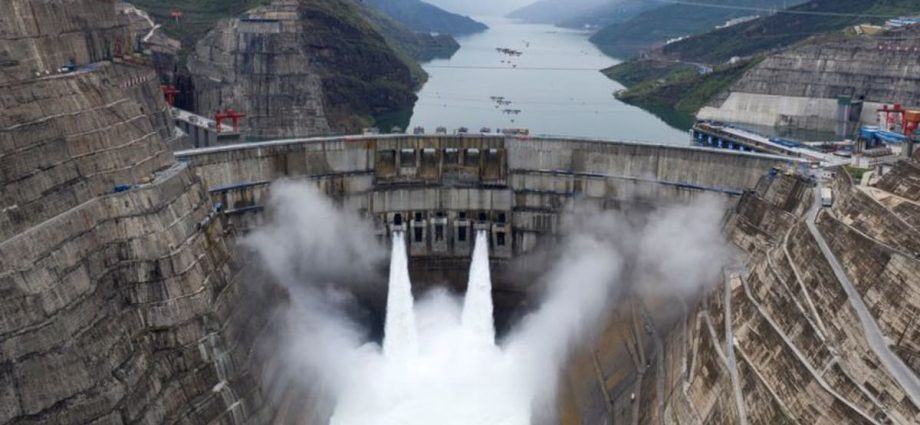
COMBATTING DROUGHT
In an effort to bring relief to the drought-hit Yangtze river basin, China is taking emergency action to bring more water to the area.
It is deploying relief funds, seeding clouds and developing new supply sources as the record-breaking heat damages crops and livestock.
The Ministry of Water Resources said in a notice on Wednesday that drought throughout the Yangtze river basin was “adversely affecting drinking water security of rural people and livestock, and the growth of crops”.
It urged regions to make accurate assessments of drought-affected areas and devise plans to maintain water supplies, including through temporary water transfers, the development of new sources and the extension of pipe networks.
To boost downstream supplies, the Three Gorges Dam, China’s biggest hydropower project, will also increase water discharges by 500 million cubic metres over the next 10 days, it said on Tuesday.
Some livestock from drought-hit areas had been temporarily relocated to other regions, the Ministry of Finance said earlier this week, adding that it would issue 300 million yuan (US$44.30 million) in disaster relief.
On Wednesday, central China’s Hubei province became the latest to announce an extensive weather modification programme, deploying planes to fire silver iodide rods into the clouds to induce rainfall.
Other regions on the Yangtze have also launched “cloud seeding” programmes, but with cloud cover too thin, operations in some drought-ravaged parts of the Yangtze basin have remained on standby.
China’s heatwave has now lasted 64 days, making it the longest since full records began in 1961, state media said on Wednesday, citing data from the National Climate Center.
The number of weather stations recording temperatures of 40 degrees Celsius and above has reached 262, also the highest. Eight have hit 44 degrees Celsius.
Persistently high temperatures would continue in the Sichuan Basin and large parts of central China until Aug 26, the center forecast.
A “special case” of high pressure from the West Pacific subtropical high, stretching across much of Asia, is likely to be the cause of the extreme heat, said Cai Wenju, climate researcher with CSIRO, Australia’s national scientific research institute.

